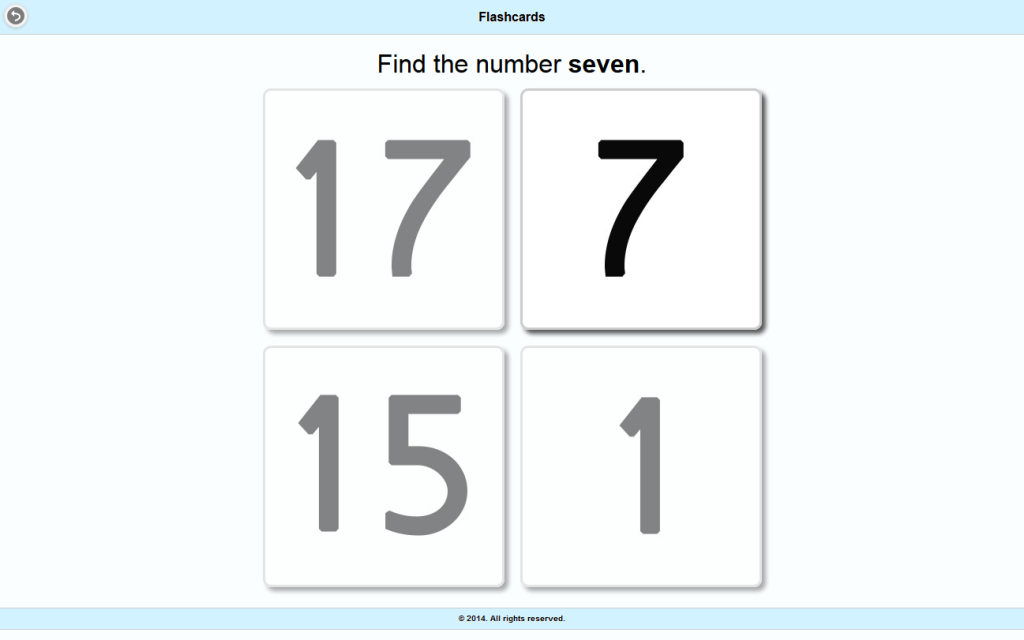There comes a time when a man is unsupervised for 2 weeks, and random household projects take place. Gutter cleaning, hedge trimming, pump re-piping, mysterious projects involving an angle grinder, and on top of all this, the start of what will become numerous home automation experiments.
Anyway, I made the purchase of a Wi-Fi thermostat. It is a Filtrete 3M-50, and it rocks. The same thermostat is also labeled as a Radio Thermostat CT50 and other models. I found mine as an open box model on eBay, figuring some poor guy bought it and couldn’t figure out the wiring. Judging by the few missing wire labels but otherwise perfect condition, I figured right.
Hardware installation was surprisingly easy. Thermostat wiring is somewhat standardized, although my Trane unit threw a curveball at me as far as the “C” wire, which happens to be the most important wire to get a modern thermostat working. On a Trane, it turns out this wire is labeled “B”, and it took some research to figure this out (even Nest’s website couldn’t determine my setup). Anyway, I put the 6 or so wires in their place, fired it up, and it has worked ever since.
The Wi-Fi setup is slightly weird, and maybe it doesn’t look as sexy as a Nest, but it works well, doesn’t need a battery, has a touchscreen, a scheduler, and an app to adjust temperature and scheduling settings. But the thing that sold me on it… get this, it has a well-documented JSON-based REST API. *drools uncontrollably*
Why did I buy this passé, beige, how-you-say… uninspired box when I could have bought a Nest? I guess this would be why…
1) Nest had no open API. The only info I could find was reverse-engineered. It looked nice though.
2) Nest requires the cloud. As far as I could tell, you can’t address it on your network directly.
3) I wasn’t sold on the automatic scheduling. It has to see you for that to work, and my thermostat is in a room with no real traffic.
4) Their website suggested it was incompatible with my wiring. This turned out to be untrue.
5) There are a lot of scary Amazon reviews out there. Either you love it, or it destroys your life (and freezes your pipes). Not much in-between.
6) It uses a lithium ion battery. I don’t know about you, but I don’t want to replace the batteries on a thermostat every 3 years.
7) There was apparently a (forced) software update bug that bricked a lot of people’s thermostats in the middle of winter.
8) I don’t care what the hardware interface looks like… if it’s doing its job I shouldn’t have to look at it or touch it.
I’m not a Nest Labs hater or anything though. I like their Nest Protect product, even though it has a few problems of its own, and I may end up purchasing one or two of them. Heck, does anyone else make a Wi-Fi smoke detector?
So, I managed to write an extremely basic class in PHP that allows me to get and set the temperature, and I’ll be releasing it on GitHub soon as part of a big project I’m working on. A project which is getting closer and closer to release. 🙂


